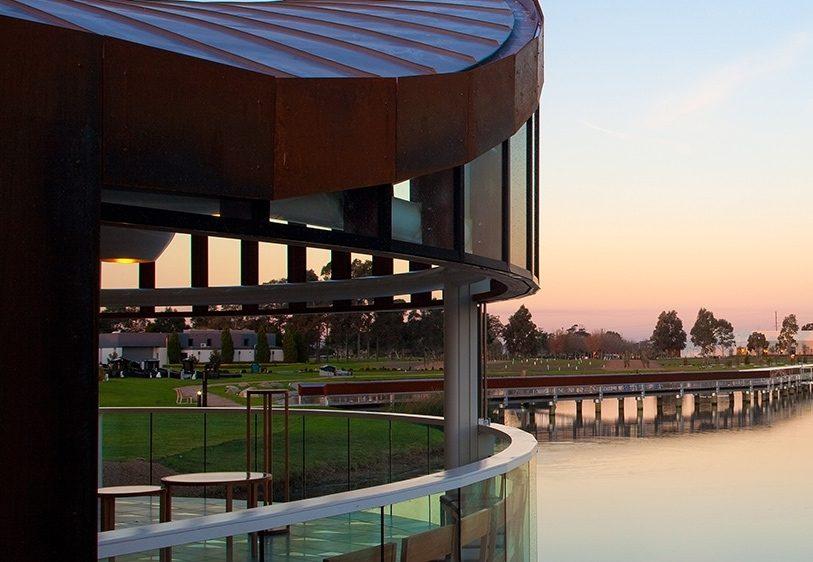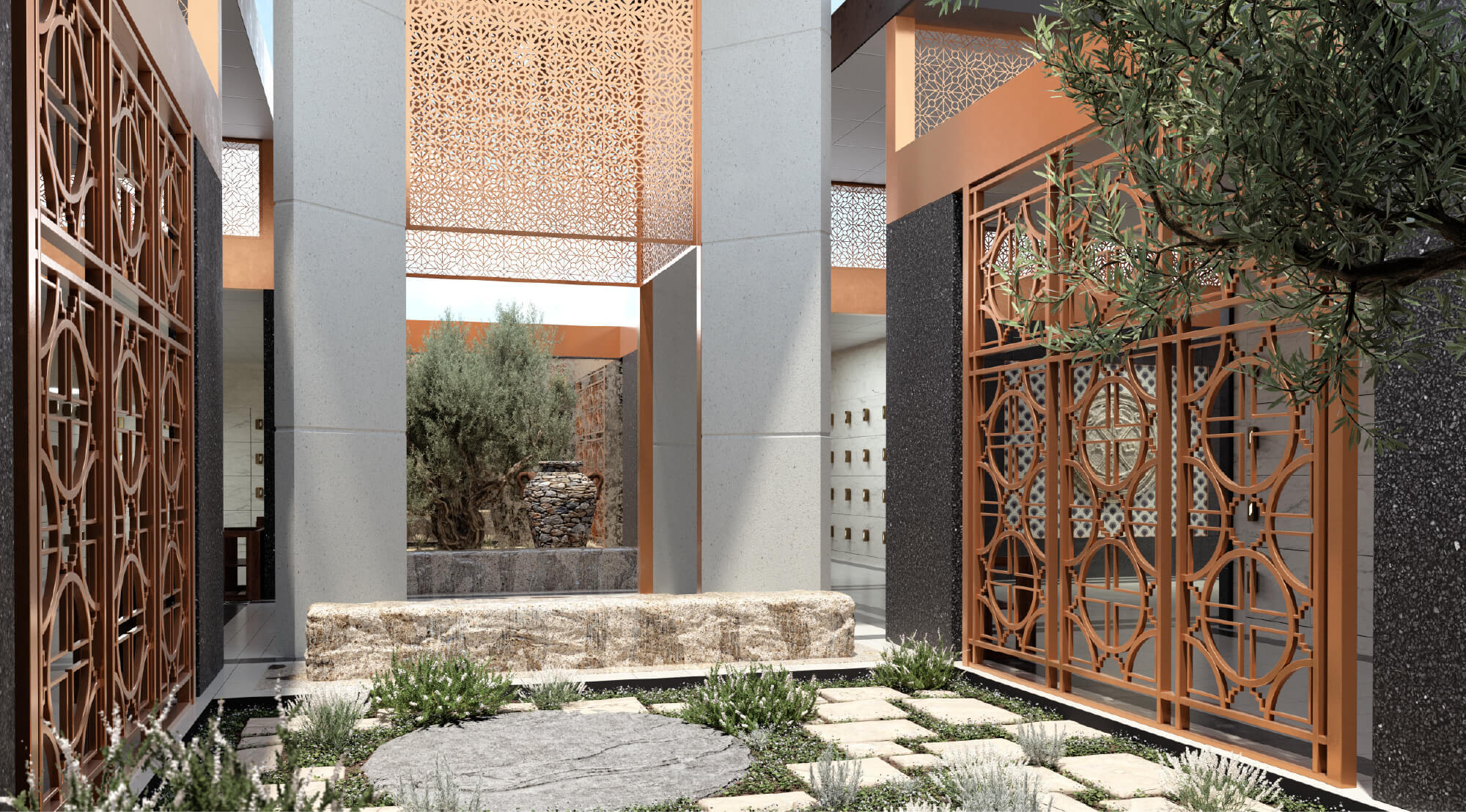Celebrating Biodiversity at SMCT

“The environment is where we all meet; where we all have a mutual interest; it is the one thing all of us share.”
According to the Department of Agriculture, Water and the Environment, Biodiversity Month is held in September each year and aims to promote the importance of protecting, conserving and improving biodiversity both within Australia and across the world.
“The Australian Government through the Department is committed to protecting Australia's unique biodiversity.”
At SMCT, we are equally committed to caring for and protecting our precious environment. All of our locations are situated on hectares of beautiful land with a wide range of native flora and fauna. We not only want to care for this environment, but also help it to flourish and thrive. We thank all of our community for being conscious of this when visiting and helping us to maintain the natural settings in which our locations are set.
This month, we’re sharing some of the unique biodiversity aspects at SMCT and how we’re doing our part to further education and awareness to continue caring for our environment.

Eucalyptus gums
Scattered amongst all our SMCT sites are these unique and helpful trees. Eucalyptus torquata Coral Gum is an exceptional flowering tree with unusual buds. This tree is endemic to Western Australia and likes full sun and dry conditions. It has a good nectar flow that is great for our bee population – helping encourage biodiversity here on our grounds.

Blossoming trees
From the darkness of winter comes the hope of a new beginning. Warmer and brighter days are close and this ornamental plum leads the way. This is one of the first blossom trees to start flowering along with almond trees.

Homes for wildlife
There are many reasons why planting native trees is important, especially species that are local to your area as they provide food and habitats for local wildlife.
Did you know it’s also important to keep old hollowed trees and stumps in the ground as they are often home to a wonderful ecosystem of wildlife?
Our 200-year-old indigenous gum tree is one of many in the Bangholme area and is home to many specifics of lizards, spiders, and birds. The multiple hollows in the tree mean birds can escape predators with many different species also using the tree for nesting.

Sustainable water use
Dedicated to sustainability all Bunurong Memorial Park's organic waste is recycled on-site and reused within the cemetery for garden bed preparation. Extensive water management programs, including rainwater tank facilities, help us provide responsibly managed water throughout the grounds.
Several of our properties have large catchment dams, along with utilising rainwater tank facilities across all sites, meaning we can take full advantage of inclement weather. Our water quality management plan with Melbourne Water includes gross pollution traps, which ensures that all run-offs into the bay are of excellent quality. All our amenities, facilities and cemetery taps make use of potable water.

Trees offer protection
Trees are able to communicate and defend themselves against attacking insects. Scientists have found that trees can flood their leaves with chemicals called phenolics when the insects begin their raid. They can also signal danger to other trees so they can start their own defence. They also lower air temperature by evaporating water in their leaves and produce oxygen and reduce the amount of carbon dioxide in the atmosphere.
Trees ability to defend and communicate with each other is fascinating, so it’s unfortunate that 7.5 million trees are removed annually just to make paper coffee cups. We have to continue to protect our trees and all of our environment.
Thank you to Chris, SMCT Head Arborist for sharing so much of this wonderful information with us and continuing to educate our employees and visitors alike on how to best care for our environment.
“You cannot get through a single day without having an impact on the world around you. What you do makes a difference and you have to decide what kind of a difference you want to make.”
—Jane Goodall





